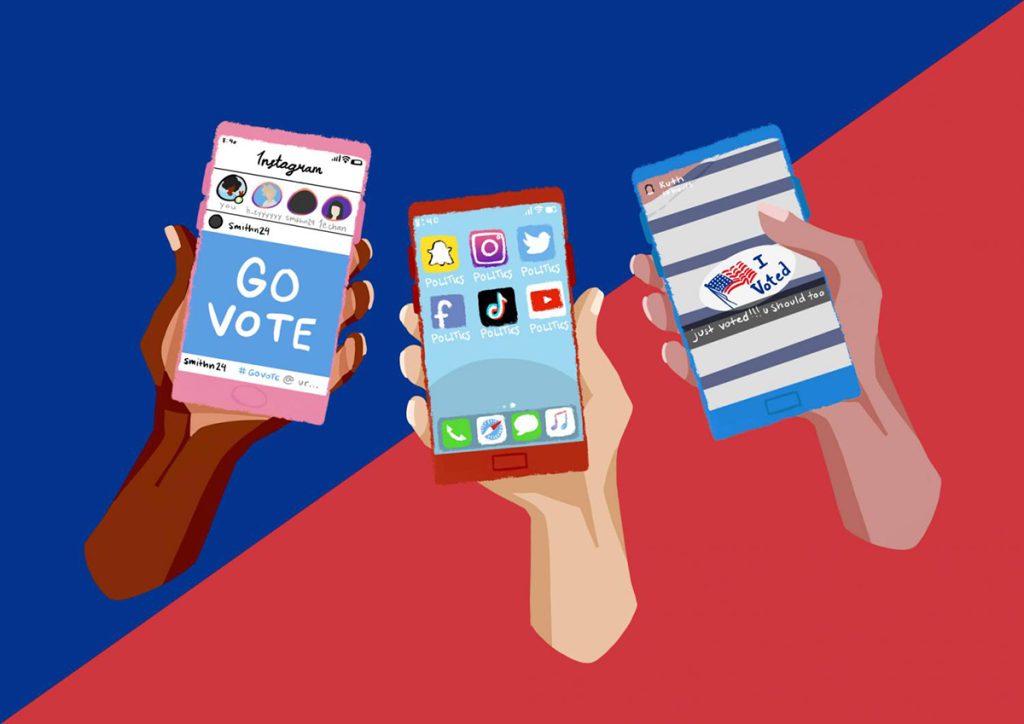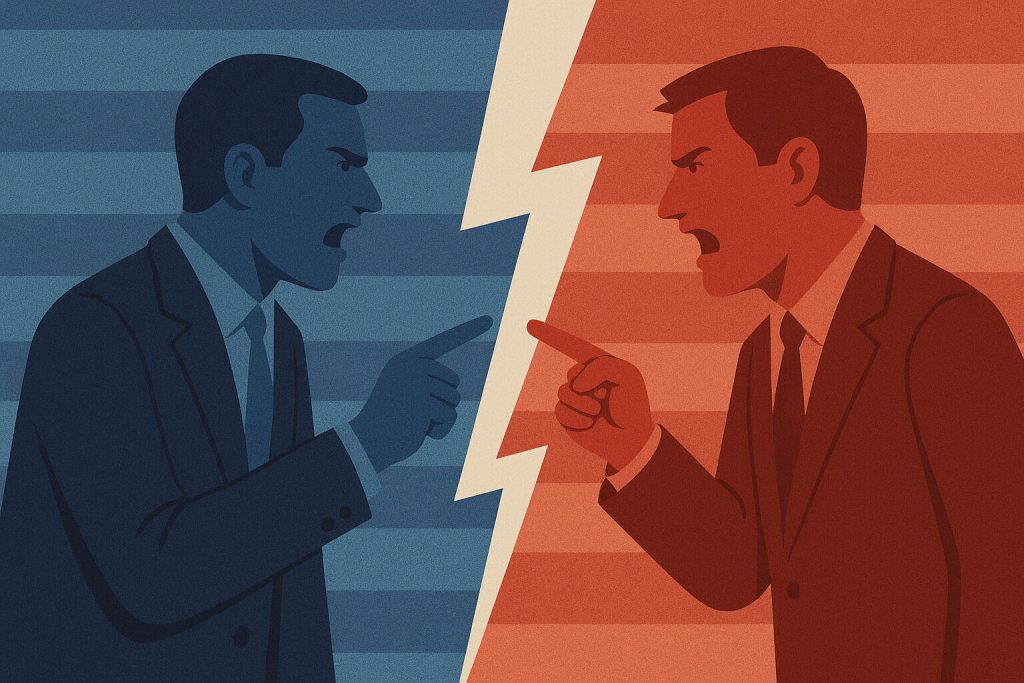
Platforms as Modern Public Squares
Social media has shifted how people talk about politics. It’s no longer confined to town halls or television debates. Now, a tweet or a viral video can shape opinions and even influence elections. These platforms allow everyday users to speak alongside elected officials, journalists, and activists.
People can post ideas, respond in real time, and challenge or support each other publicly. This dynamic has created new spaces for participation. The speed of feedback makes political dialogue feel immediate and more personal, even if it’s happening online.
Social media also levels the field in ways traditional media never could. A teenager with a strong opinion and a camera phone can reach just as many people as a polished political ad.
Amplifying Voices That Were Once Overlooked
Before social media, political narratives were controlled by a few gatekeepers. Today, people from marginalized communities can share their stories directly with the public. This matters because lived experiences often don’t make it into mainstream coverage.
A single video from a protest or a thoughtful thread about policy can shift public focus. These moments often go viral, creating waves far beyond the original audience. They spark awareness and often push official narratives to adapt.
When these voices are shared and heard widely, they influence how people understand issues like justice, representation, and accountability. That influence helps build empathy and encourages broader civic participation.
Hashtags as Catalysts for Change
A hashtag is more than a trending topic—it can carry a movement. Campaigns like #BlackLivesMatter or #MeToo didn’t just raise awareness. They demanded accountability and action. These tags act as entry points into ongoing conversations.
They also help organize thoughts across geography and time. People in different countries can rally under a single phrase, adding layers to a shared goal. This makes political conversations more global and more interconnected.
Hashtags also allow movements to keep evolving. They don’t rely on a single leader. Instead, they grow through community contributions, which keep the message alive and adaptive.
Influence Beyond the Election Cycle
Political talk used to spike only around elections. But with social media, it’s constant. Users share daily reactions to news, government actions, or even policy drafts. It’s an ongoing flow of commentary that builds long-term engagement.
This year-round involvement means more people stay informed. Through digital civic engagement, they aren’t just picking sides on voting day—they’re tracking issues and learning how decisions affect their lives. That knowledge often translates into real-world activism.
Even small moments—like sharing an article or liking a post—contribute to the larger dialogue. These actions help shape what trends, and what fades into silence.
New Roles for Public Figures and Leaders
Politicians once relied mostly on press conferences and speeches. Now, many of them tweet daily, post Instagram reels, or livestream updates. This direct communication helps them appear more relatable and present in real time.
It also gives followers a chance to respond directly. Sometimes this backfires, but it also creates space for open dialogue. Leaders who listen to feedback online can adjust their messaging and show that they’re paying attention.
Meanwhile, influencers and celebrities have also taken on political roles. They’re using their platforms not just for entertainment, but to discuss laws, support campaigns, and challenge policy.
Polarization and Echo Chambers
There’s a flip side to open conversations. Algorithms can create filter bubbles where users mostly see opinions like their own. This can deepen divisions and make it harder for people to understand each other.
When everyone’s feed reflects their beliefs, nuance gets lost. Posts that stir outrage often get more likes and shares, while more balanced takes get buried. This can make it hard to separate facts from feelings.
Still, awareness of these patterns helps users approach content with more care. Conversations are changing—not just in tone, but in how people check their sources and expand their circles.
Memes, Humor, and Political Messaging
Humor plays a big role in how political ideas spread. Memes simplify complex issues and often carry emotional weight. They travel quickly, and a single image can carry a powerful opinion.
While they can be playful, they’re also strategic. Campaigns and causes often use memes to connect with younger audiences or to spark quick recognition. Humor lowers barriers, making serious issues easier to approach.
But because memes rely on brevity, they can also spread misinformation. The challenge lies in balancing humor with truth while encouraging critical thinking.
Grassroots Campaigning Made Simpler
Years ago, organizing a rally took weeks of planning. Now, someone can post a call to action, and it spreads in minutes. From school walkouts to voting drives, digital organizing is now at the heart of many campaigns.
Social media helps activists reach volunteers, donors, and media—all in one place. It’s a toolbox of outreach that works without needing a formal organization. This makes participation more accessible.
Even small accounts can organize meaningful events. Success is often measured not by followers but by engagement and shared values. That’s a major shift from traditional models.
Emotional Connection Builds Trust
Stories told online have a different kind of impact. A personal video about health care struggles or a caption about life under new legislation feels intimate. That connection builds trust in ways policy papers can’t.
People are more likely to care when they see real faces. Emotional posts cut through noise and help audiences connect on a human level. This connection drives sharing, support, and even donations.
It’s not just about raising awareness—it’s about inviting people into the story. When users feel part of something, they’re more likely to stay involved.
Ongoing Conversations That Shape the Future
Social media doesn’t settle debates. Instead, it keeps them alive. The most powerful posts often ask people to keep thinking, asking, and talking. These discussions grow slowly but leave lasting impressions.
Trends may fade, but the knowledge stays. A meme seen years ago, a post that sparked outrage, or a thread that moved someone to tears—these linger in public memory. They become part of how people understand the world.
This ongoing dialogue is what drives lasting change. It doesn’t come all at once. But day by day, post by post, people shape the political culture they want to live in.


